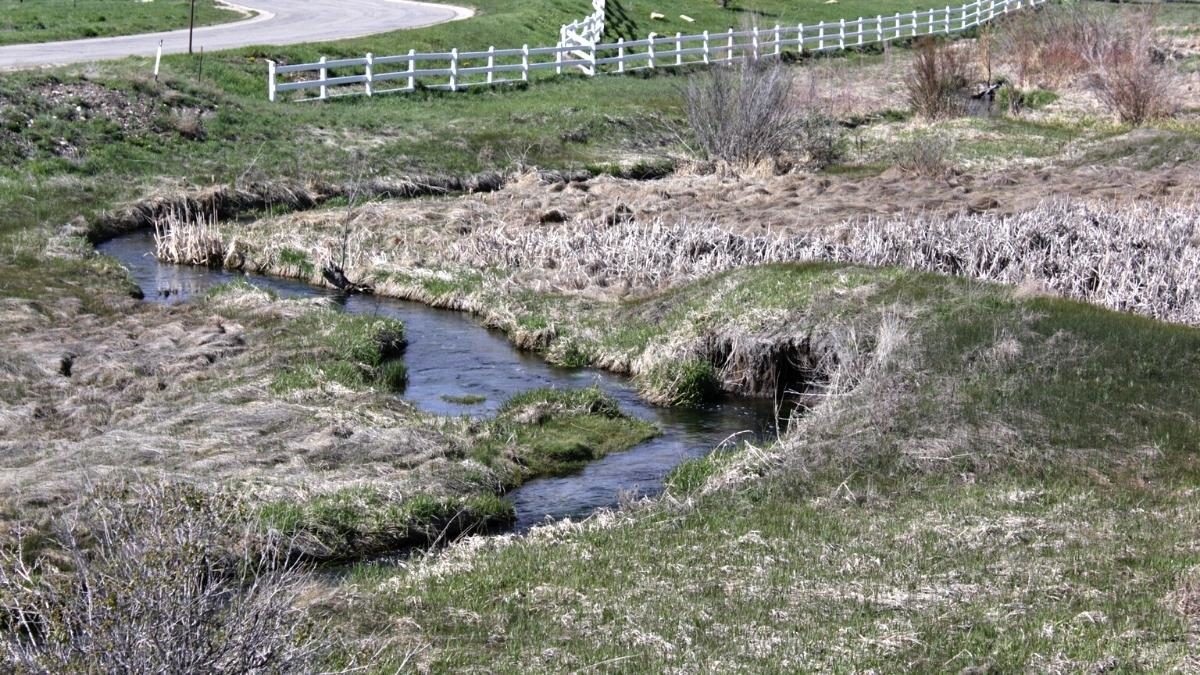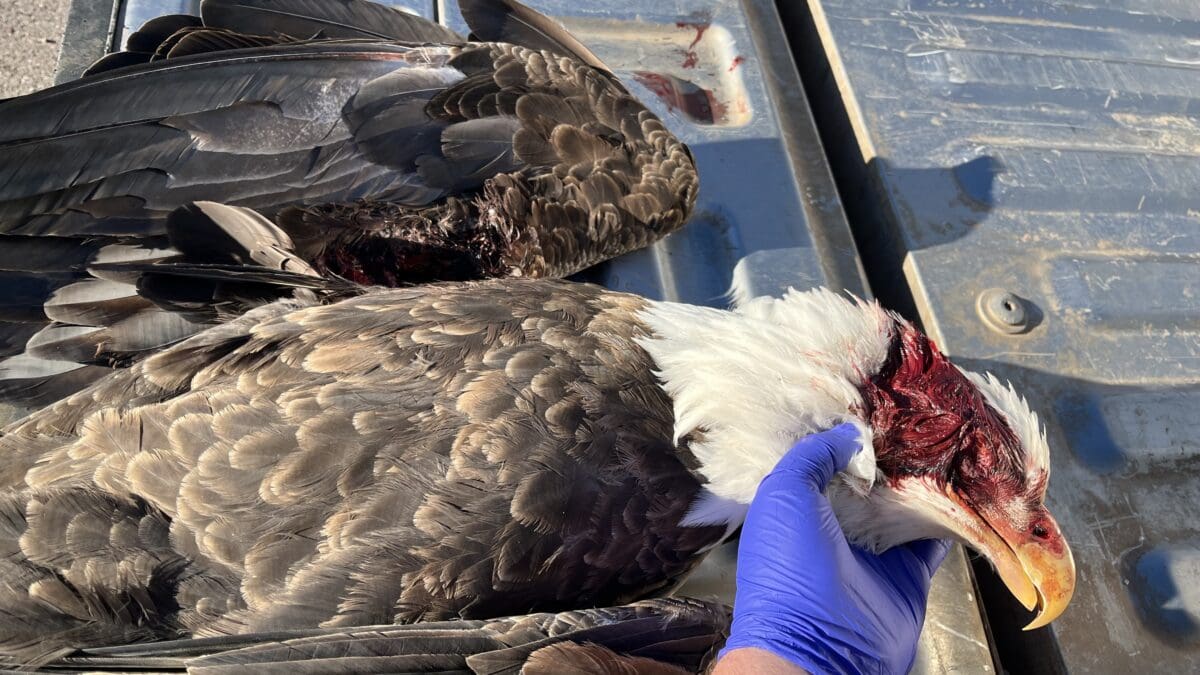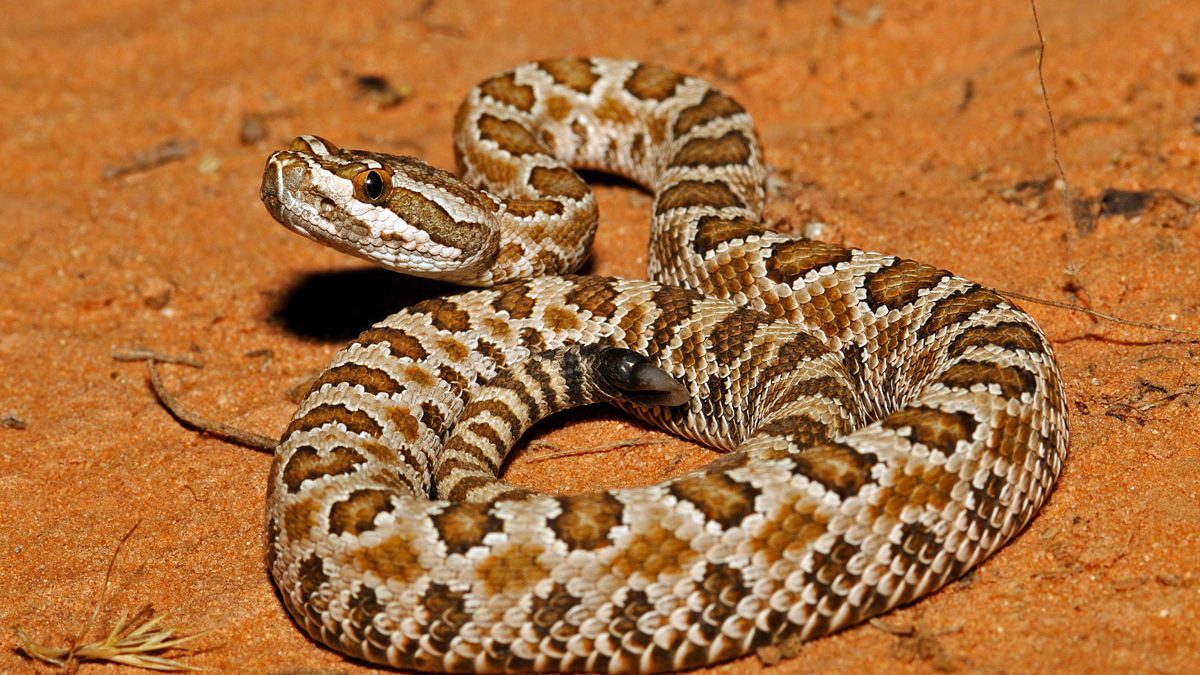Wildlife
Suspected avian botulism outbreak kills thousands of birds in northern Utah

Thousands of birds in northern Utah were found sick or dead last month following an avian botulism outbreak. Photo: Courtesy of the Utah Division of Wildlife Resources
A suspected avian botulism outbreak has killed thousands of birds in Utah this waterfowl hunting season
SALT LAKE CITY — Thousands of sick and dead birds were discovered in northern Utah last month.
According to a press release from the Utah Division of Wildlife Resources, DWR biologists found the birds in the Willard Spur and Harold Crane waterfowl management areas in mid-September.
The birds collected by biologists tested negative for the highly pathogenic avian flu, cases of which have decreased in Utah this year. Although final test results are still pending, the biologists suspect that the birds died of avian botulism.
“Avian botulism is a paralytic, often fatal, disease of birds that results from the ingestion of a toxin produced by a bacteria, Clostridium botulinum,” stated a press release from the DWR. “The toxin is produced under certain environmental conditions in the summer and fall when there are low oxygen levels and warm water temperatures. Botulism mainly occurs in stagnant pools where there is no water flowing, and sick and dead birds are most often found along the shoreline.”
Avian botulism occurs nearly annually in Utah, often between July and September. However, a particularly large number of birds were affected by the disease this year. While the DWR cannot confirm an exact count, biologists estimate tens of thousands of birds were impacted, primarily in the areas of the Bear River Migratory Bird Refuge and Willard Spur Waterfowl Management Area.
“Our wetland managers strive to make adjustments in their water management practices on state waterfowl management areas in order to keep fresh water flowing, which can help minimize the impacts of avian botulism,” said Jason Jones, DWR waterfowl coordinator. “Many of the waterfowl management areas were originally created to reduce the botulism outbreaks that occurred along the river deltas a century ago.”
This disease most commonly affects waterfowl, gulls and shorebirds. Birds with avian botulism may be unable to hold their heads up, and may not have the strength to take off in flight.
Although the risk of avian botulism transmitting to humans is low, the DWR has provided the following safety precautions to follow if you encounter sick or dead birds:
Harvest waterfowl that are actively flying (typically an indication that they are healthy).
Avoid harvesting or consuming birds that appear sick or weak.
Cook meat thoroughly, as heat will denature the toxin.
Botulism can affect dogs if they consume the meat, so keep your dogs away from sick, dead or dying birds.
The DWR recommends the following if you encounter sick birds:
Do not handle or touch the birds. Do not attempt to catch them and do not feed them — doing so can harm them further by providing them with the incorrect food.
Keep a safe distance away to avoid stressing them further.















